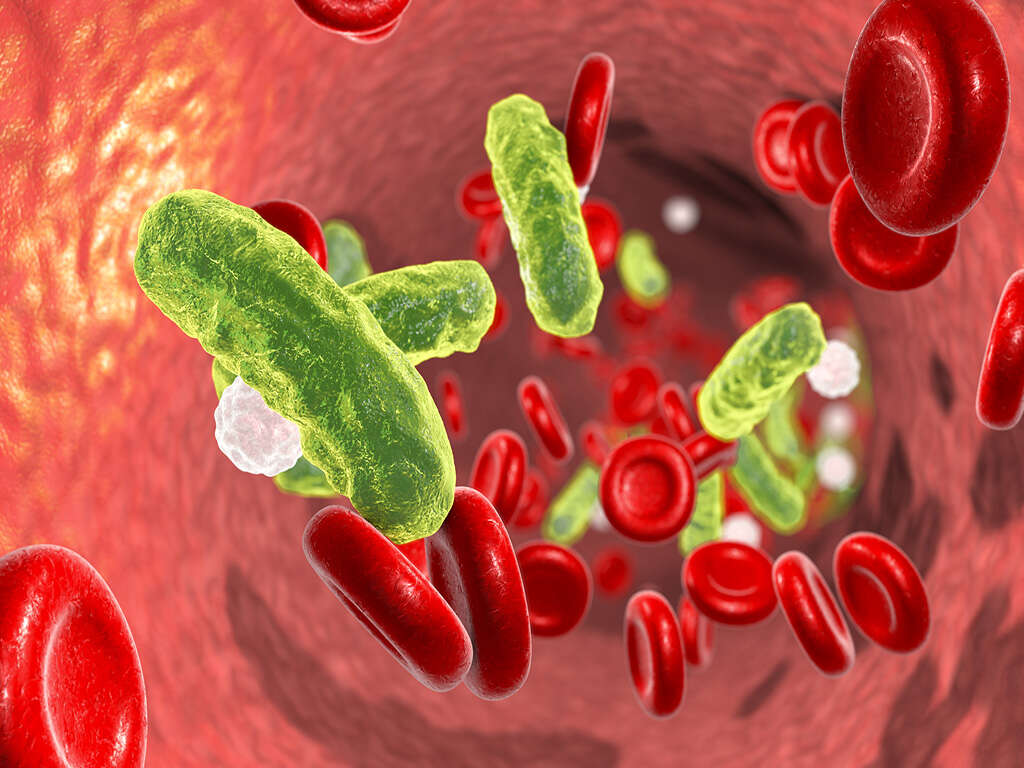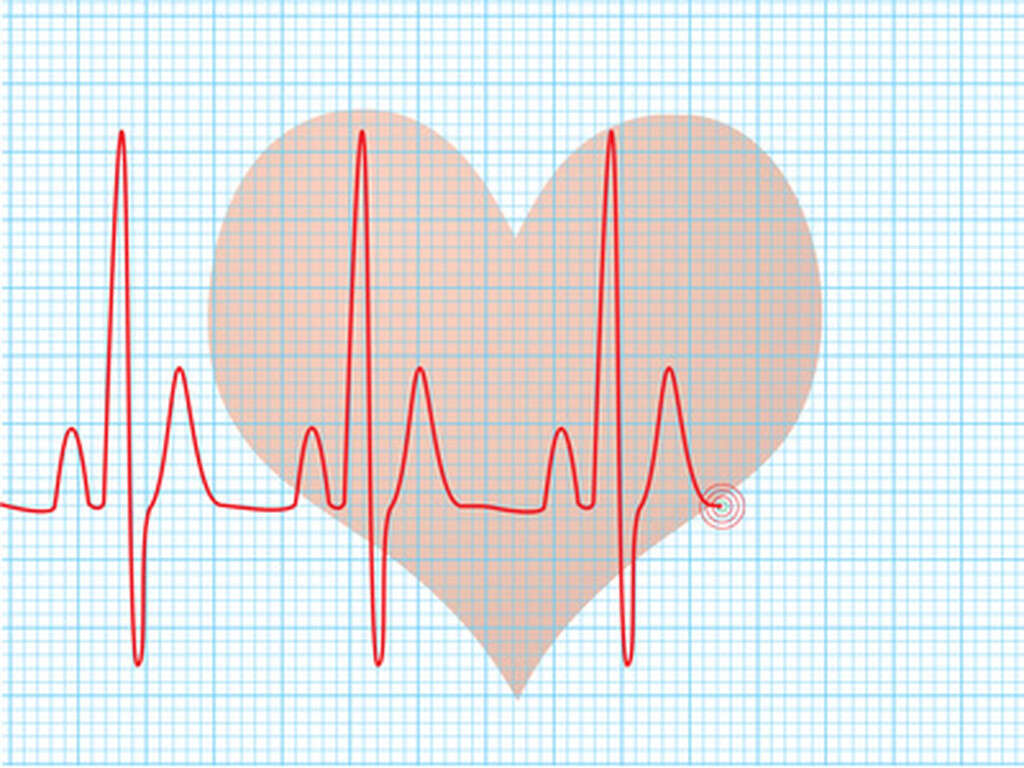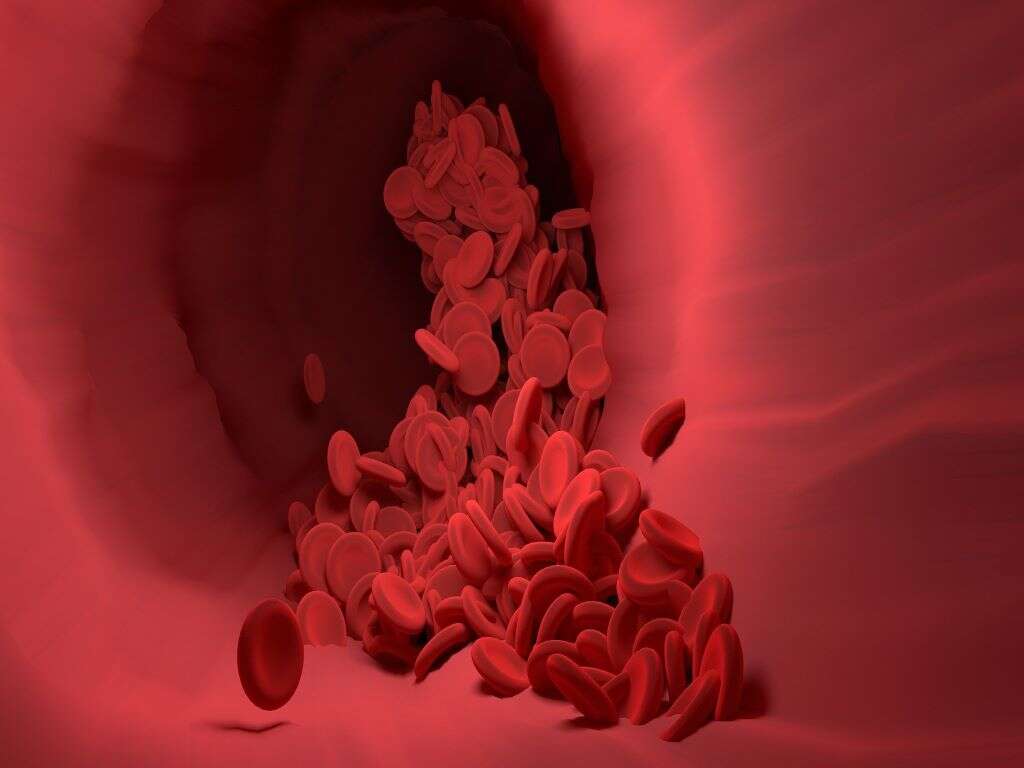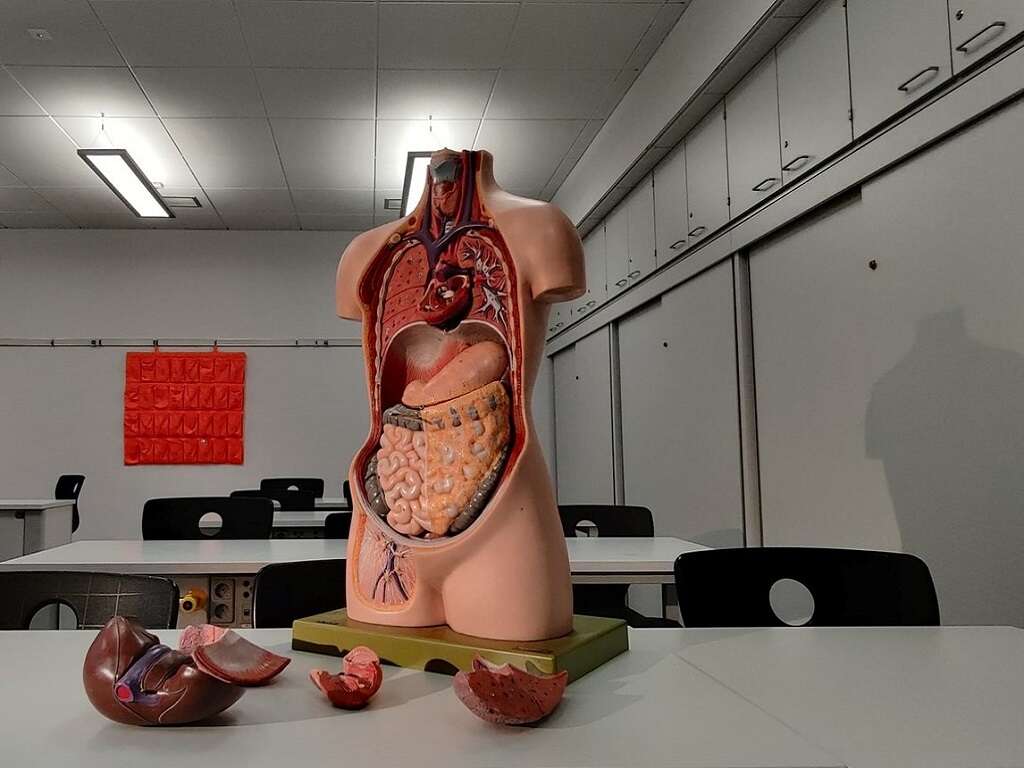10 Blood Infection Symptoms
Infections are not uncommon but they will usually clear up before too long. Our bodies are effective at fighting against them, while modern medicines are also effective in defeating them.
Some infections are harder to fight against, though, and can be very serious and even become a threat to our lives. A blood infection, also known as sepsis or septicemia, is often caused when bacteria are able to enter the body.
While the infection in itself poses a risk, what’s really harmful is when the body launches a huge reaction to deal with it. This floods the body with chemicals which affect the blood to dangerous levels. It is potentially fatal if medical help is not sought so it should be taken very seriously indeed.

Symptom #1: Fever
Human beings are warm-blooded animals. This means that we can regulate our own body temperature, adjusting it up or down as and when needed. It will often be adjusted according to the weather and any extra heat that is needed is generated when we metabolize our food. Sometimes, it can also be adjusted to help combat illness.
Pathogens find it difficult to survive in bodies that are too hot. For this reason, our bodies will raise their temperature should a pathogen be detected in our bodies. This is what we know as a fever, and it is a common symptom of many illnesses, including a blood infection.

Symptom #2: Chills
Chills are another common symptom that most of us are likely to have experienced at least once in our lives. They make us feel cold, even when we are not, leaving us shivering and wanting to get back under the blankets. Chills go hand in hand with fevers because they are both part of the same mechanism.
In order to raise your body’s temperature to create a fever, your body will adjust its internal thermostat. This causes us to feel cold, causing the body to raise its temperature. Chills are also another common symptom of a blood infection. While chills in themselves are not dangerous, they can be a sign that something is seriously wrong.

Symptom #3: Rapid Breathing
Our blood is essential to us because it helps carry oxygen around the body. We need this oxygen for the survival of all of our cells, and without it, we would die. In mammals like us, oxygen is able to travel through the blood because it is carried by haemoglobin which has a high affinity to oxygen.
In the case of a blood infection, though, there is less oxygen flowing through the blood. In order to try and compensate, the body will begin to breath more rapidly to get more oxygen into the system. If you are experiencing rapid breathing for any reason, you should treat the condition as an emergency regardless of the suspected cause.

Symptom #4: Low Body Temperature
As already mentioned, a common symptom of a blood infection is a very high body temperature, this is commonly known as a fever. In some illnesses, though, patients can experience symptoms that are the complete opposite that others will encounter. Where a blood infection is concerned, low body temperature can be a symptom just as high body temperature can be.
Body temperature that is too low is potentially very serious. The patient should be kept as warm as possible and if their temperature is dangerously low, then they should be taken to an emergency room as soon as possible.

Symptom #5: Rapid Heartbeat
Our heart is a pump, and it has the job of pumping our blood around the rest of the body. One of the most vital cargoes carried by blood is oxygen, which we must have in order to survive. This is usually not a problem for us, but certain problems can make things a lot harder for our heart.
A blood infection will lead to a decrease in the volume of oxygen being circulated in the blood. The body reacts to this by pumping more blood around the body, which means increasing the rate at which the heart beats. An increased heartbeat could also be as a result of exercising or excitement, but it is definitely something you should not be complacent about.

Symptom #6: Nausea and Vomiting
When we are ill, we often tend to feel nauseous, which can also be caused by other factors such as travel sickness or having heard some terrible news. It can range from mild to debilitating, and the duration of the symptom can also vary considerably.
When the body has a blood infection, it is likely to be very ill indeed. Nausea is a common symptom of a blood infection and is also likely to be accompanied by vomiting. While these symptoms in themselves are not necessarily a cause for alarm, they should be taken seriously if they are too severe.

Symptom #7: Urinating Less
Urine is produced in the kidneys. From there, it is passed into the bladder, which is a sac that is used to store the urine until it is time for it to be passed. Urination is the process of passing the urine, and a healthy person is likely to urinate several times a day. If someone urinates less than usual, it could be a sign that something is wrong.
One effect that a blood infection has on the body is to hinder the effectiveness of the organs, including the kidneys. If the kidneys are not working properly and not producing urine then the patient is going to urinate less. This is a sign that the infection is serious and that the patient should go to an emergency room.

Symptom #8: Red Spots
Millions are spent every single year to achieve healthy-looking skin. It can help us look good aesthetically and this is important to a lot of people. In addition to aesthetic appeal, though, the appearance of your skin can tell a lot about your health overall. It can even show that you are very ill.
People with a blood infection may develop red spots on the skins. These can also grow larger and turn purple in color, giving them an appearance of large bruises. This is a clear sign that the condition is very serious, and emergency medical assistance should be sought.

Symptom #9: Pale Skin
In addition to certain pigments, the color of our skin is largely based on the color of the blood beneath the skin. The blood itself is deep red, and this color comes from metals like iron that are an essential component of hemoglobin. If there less hemoglobin in the blood then the blood will begin to lose the depth of its redness.
This loss of color is also often visible on the surface, making our skin more pale than usual. This is actually quite a common symptom and is not necessarily something by which to be overly alarmed. If it is accompanied by other symptoms associated with a blood infection, however, then it should be taken very seriously.

Symptom #10: Organ Failure
We have several organs in our body and most of them perform essential tasks. Our hearts, for example, pump our blood. Our brains help us think and direct the bodily functions, while our kidneys and liver help remove toxins. Without our essential organs, we would not be able to survive.
Our organs need to be supplied with a constant flow of oxygen and nutrients if they are to survive. In the case of a blood infection, the supply of oxygen and nutrients is very low and the organs can begin to fail as a result. This is a very serious condition and the patient’s life is at risk, so they should be given immediate medical attention.












